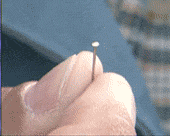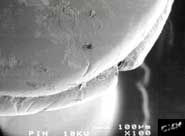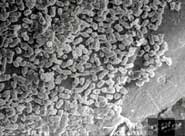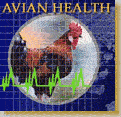 Return
to Avian Health Program Return
to Avian Health Program |
|
|
Disease
A disease is a deviation from normal health. The effects of disease can range from loss of appetite, loss of energy and may result in death. Diseases can be contagious or non-contagious. Contagious diseases are caused by germs (microscopic pathogens) and can be divided into classes: virus, bacteria, fungi and parasites. Parasites can be internal or external. See what they look like under a microscope in the illustrations below: |
|
|
External Parasites
|
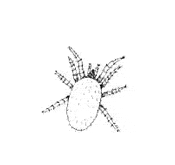 Mite
Mite |
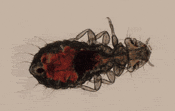 Louse
Louse |
|
Internal Parasites
|
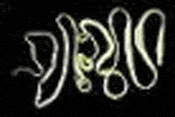 Tape Worm
Tape Worm |
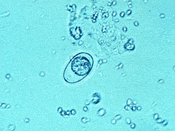 Protozoa can cause
Protozoa can cause
diseases such as:
Coccidiosis
|
 Round Worm
Round Worm |
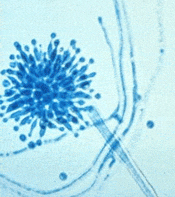
Microscopic fungi cause
diseases such as:
Aspergillosis
and Candidia
|
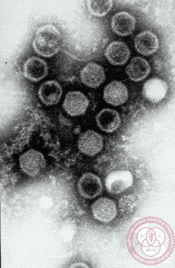
Microscopic viruses cause diseases such as:
Avian Influenza Newcastle Disease Avian Pox
Pacheco's Disease
Psitiacine Beak & Feather Disease
|
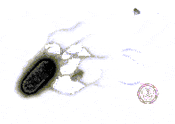 Microscopic bacteria cause
Microscopic bacteria cause
diseases such as:
Colibacilosis (E-coli)
Tuberculosis
Psittacosis (Chlamydolphila psittaci) |
| |
| One of the biggest obstacles to keeping germs away from birds is that we cannot see germs. To understand how small germs are, look at the head of this pin (1) as seen through a microscope (2). When we look close enough we can see how many germs can hide in just one very small place. Imagine how many germs are on our hands (3). |
|
|
(1)
|
|
(2)
|
(3)
|
|
|
| Sample Question |
Most disease germs are so small that they can only bee seen through a microscope.
a) True
b) False
|
| |
| Now that we have
learned about disease causing agents lets'
see how disease is recognized. |
 Return
to Avian Health Program
Return
to Avian Health Program







